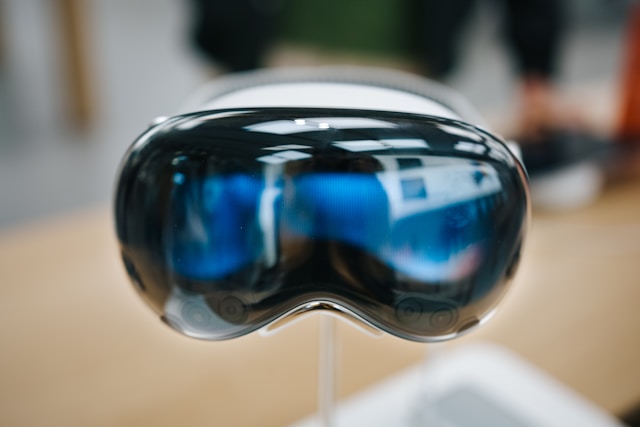
Table of Contents
Toggle1. The Early Days: Digital Timepieces
The concept of digital watches dates back to the 1970s, with the introduction of the first digital wristwatches. These early models, like the Hamilton Pulsar, were revolutionary for their time, offering a new way to view time with LED displays. While they were primarily focused on timekeeping, they laid the groundwork for the future development of smart technology in wearables.
2. The Birth of Smartwatches
The term “smartwatch” emerged in the 1990s with devices like the Seiko Data 2000 and the IBM WatchPad. These early smartwatches were groundbreaking for their time, featuring capabilities such as data storage and rudimentary connectivity with computers. However, their functionality was limited, and they were not widely adopted.
3. The Rise of Connectivity: Early 2000s Innovations
As technology advanced, so did smartwatches. In the early 2000s, watches like the Microsoft SPOT (Smart Personal Object Technology) began to offer more features, including the ability to receive notifications and sync with computers. These models marked a significant step forward in integrating wireless technology with wrist-worn devices.
4. The Modern Era: Integration with Smartphones
The real turning point for smartwatches came with the rise of smartphones. With the introduction of devices like the Apple Watch and Samsung Galaxy Watch in the mid-2010s, smartwatches began to offer a broader range of functionalities:
- Health and Fitness Tracking: Modern smartwatches are equipped with sensors that monitor heart rate, track physical activity, and measure sleep patterns. Devices like the Fitbit and Apple Watch have become essential tools for health-conscious individuals.
- Notifications and Communication: Smartwatches now allow users to receive notifications, answer calls, and send messages directly from their wrists. This integration with smartphones has made communication more convenient and accessible.
5. Advanced Health Monitoring
As technology continued to advance, smartwatches incorporated more sophisticated health monitoring features:
- ECG and Blood Oxygen Monitoring: Recent models, such as the Apple Watch Series 6 and 8, include electrocardiogram (ECG) sensors and blood oxygen monitors. These features provide users with valuable insights into their cardiovascular health and overall well-being.
- Fall Detection and Emergency SOS: Enhanced safety features, like fall detection and emergency SOS, are now standard in many smartwatches. These functions can detect falls and automatically alert emergency contacts or services, adding an extra layer of security.
6. Integration with Other Technologies
Smartwatches are increasingly integrating with other technologies to offer even more capabilities:
- Augmented Reality (AR): Some smartwatches are exploring AR applications, providing users with interactive and immersive experiences. For example, AR navigation features can overlay directions onto the user’s view, making navigation easier.
- Voice Assistants: Voice-controlled assistants, such as Siri and Google Assistant, are now integral to many smartwatches, allowing users to perform tasks hands-free and access information quickly.
7. The Future of Smartwatches
The future of smartwatches promises continued innovation and expansion of features:
- Enhanced Battery Life: Advances in battery technology and energy-efficient components are expected to improve battery life, allowing smartwatches to last longer between charges.
- More Advanced Health Metrics: Future smartwatches may offer even more advanced health monitoring capabilities, including glucose level monitoring and more comprehensive stress tracking.
- Greater Customization: As smartwatches become more integrated into everyday life, expect to see increased customization options, including more diverse watch faces, straps, and interactive features.
8. Conclusion
The evolution of smartwatches from simple digital timepieces to advanced health monitors reflects the rapid advancement of technology and its impact on our daily lives. Today’s smartwatches are not only timekeeping devices but also powerful tools for health monitoring, communication, and interaction with other technologies. As innovation continues, smartwatches will likely play an even more significant role in enhancing our lives and integrating seamlessly into our routines.






